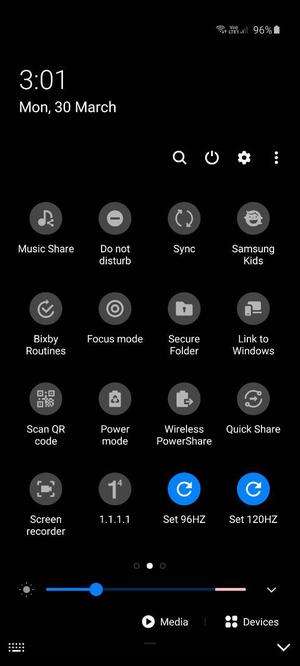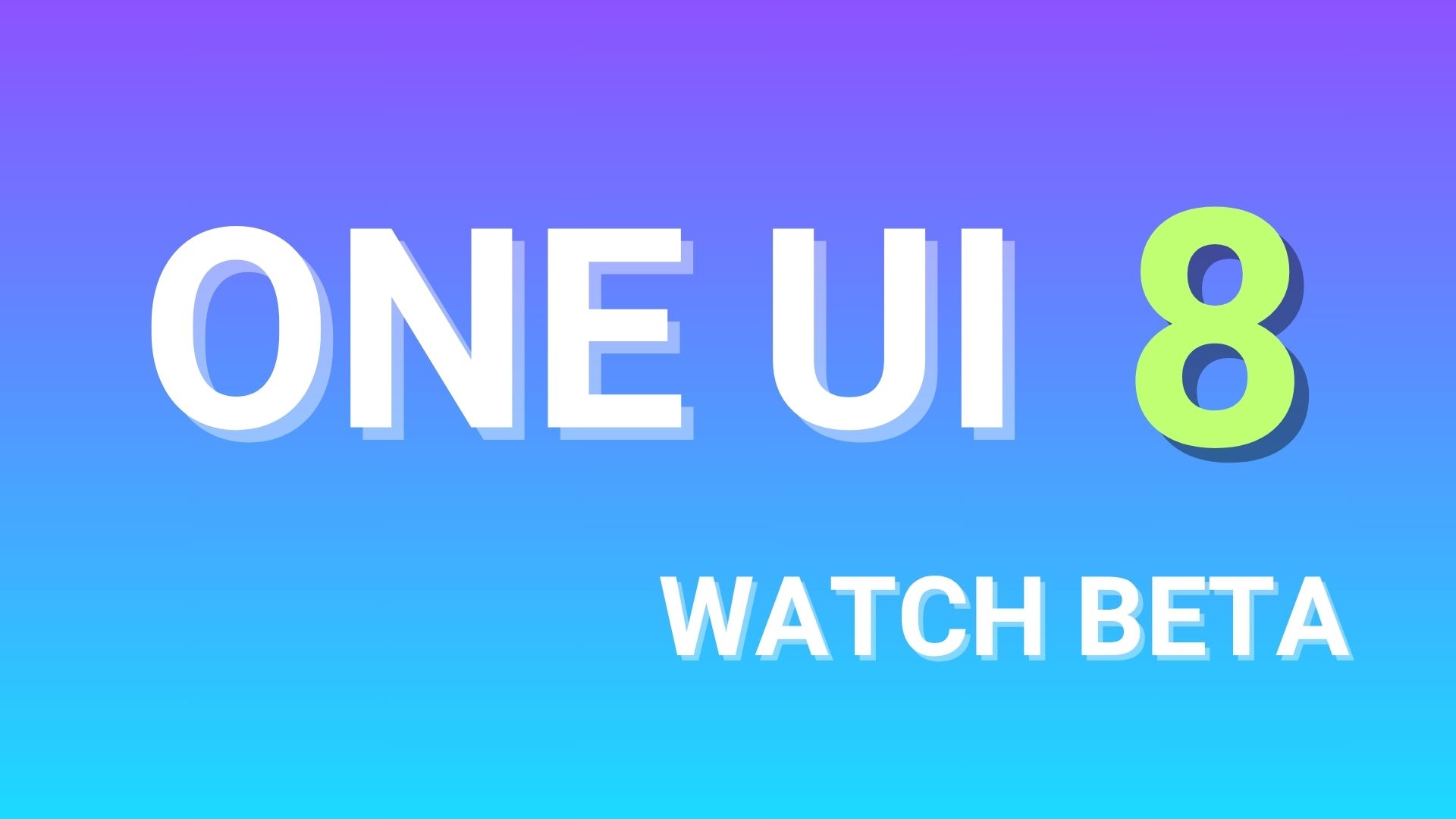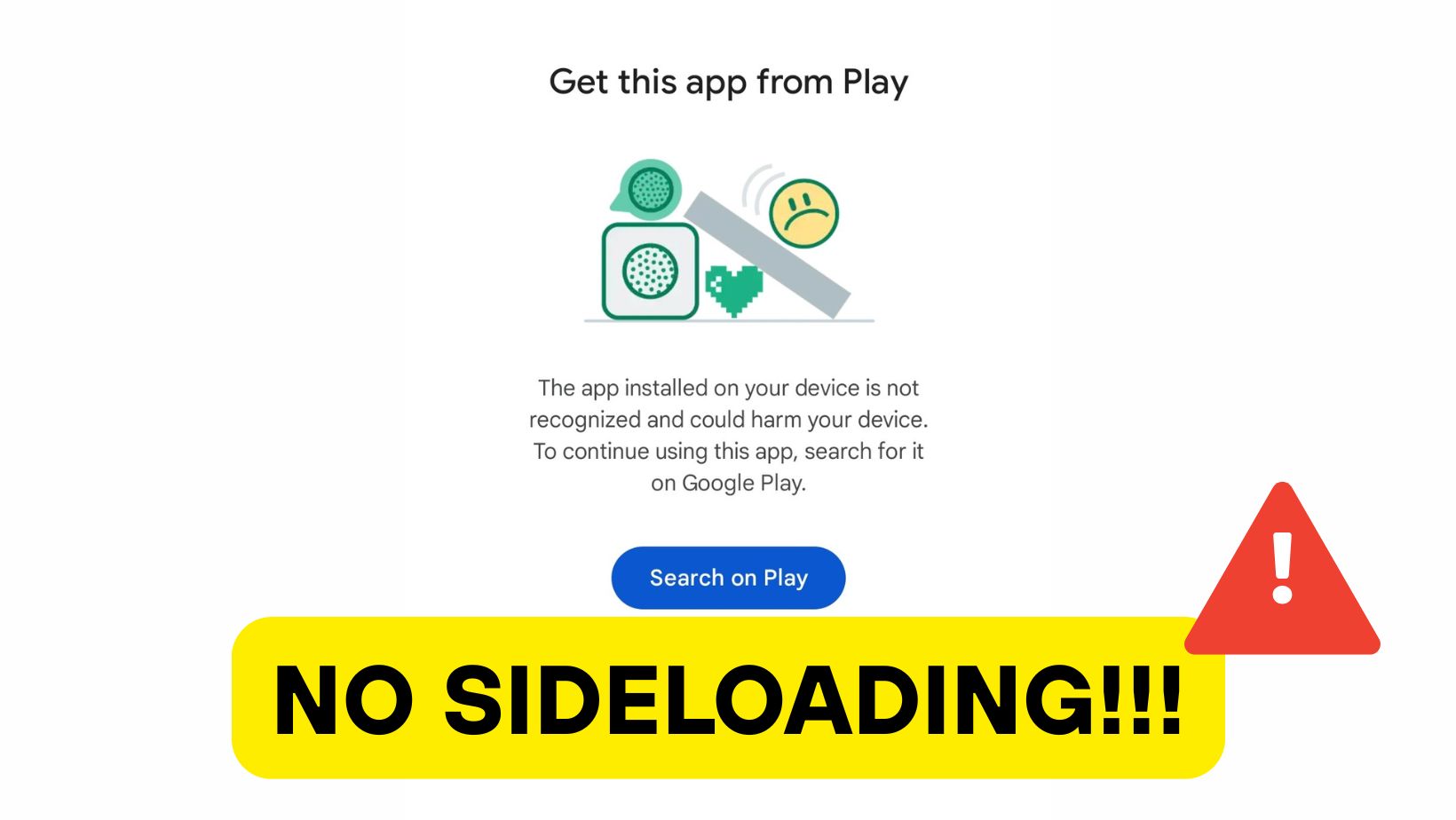How to change the Screen Refresh Rate on Samsung Galaxy S20 to 96Hz

Samsung recently launched its 2020 flagship series and introduced 3 lineup called the Galaxy S20, S20 Plus, and the Galaxy S20 Ultra. All the Samsung flagship smartphones feature top of the line specs both – hardware and software. The phone is powered by Snapdragon 865 in the Unites States and Exynos 990 in the Global variants. A default 8 -12 GB of RAM option, 64 MP primary camera for the S20 and S20 Plus whereas the S20 Ultra has massive 108 MP. The most intriguing part about the S20 series is the 120hz screen refresh rate. While a high screen refresh rate may be battery hogging, users have come up a way to change this screen refresh rate to 96 hz which save a ton of battery and still keep high refresh rate at bay.
The Galaxy S20 lineup has a whopping 120 HZ screen refresh rate. However, it comes at a cost of higher battery consumption even if you are just checking your emails or just scrolling through apps. While there’s a toggle to switch this refresh rate to 60 Hz in the settings itself, but then what’s the point of buying a nexy generation smartphone over the S10 lineup? So here’s an option which can give you a balance between both battery life as well as a high refresh rate. Using this method users can enable the hidden 96 Hz of Refresh rate on the Galaxy S20 series.
Users who are worried about battery life and still want a smoother display here is a sweet spot to get 96 Hz screen refresh rate the S20. This can save battery along with getting a smooth display too. By default Samsung ships their phones in WQHD+ screen resolution set to 60Hz and an option to bump it to 120hz at FHD+ or 1080p resolution. However, you still won’t get the 120 Hz at WQHD+ resolution. You can only reduce the FHD+ to 96Hz of refresh rate.
This can be confirmed if you just run the ADB shell command “dumpsys display while your device is connected to PC via USB cable in USB debugging.
[{id=1, width=1440, height=3200, fps=60.000004},
{id=2, width=1440, height=3200, fps=48.0},
{id=3, width=1080, height=2400, fps=120.00001},
{id=4, width=1080, height=2400, fps=96.00001},
{id=5, width=1080, height=2400, fps=60.000004},
{id=6, width=1080, height=2400, fps=48.0},
{id=7, width=720, height=1600, fps=120.00001},
{id=8, width=720, height=1600, fps=96.00001},
{id=9, width=720, height=1600, fps=60.000004},
{id=10, width=720, height=1600, fps=48.0}]We can see that there are various refresh rates available which can be set using ADB commands. The options are 48 and 96 Hz of refresh rate running at FHD+ resolution. By changing the value of Settings.System.peak_refresh_rate and Settings.System.min_refresh_rate to 48.0 or 96.0, you can set the refresh rate of your Galaxy S20 to one of these hidden values. Setting the Refresh Rate to 96 Hz can give you better battery life and a feel of high refresh rate also.
How to enable hidden 96Hz screen refresh rate on Samsung S20?
An XDA member sathishtony has put all of the commands altogether in an open-source app to make it hassle-free for the users. The app also gives users an option to enable it from the quick settings toggles. Download link for the S20 Screen Refesh Rate controller app is provided below.

APK download
- S20 Screen Refresh Rate controller APK | Gdrive download | Box mirror | Source
- Github Open Source project
Plus, the app even adds two Quick Setting tiles to toggle between the refresh rate modes. Users can check and confirm if the change is working by going to testufo.com.




